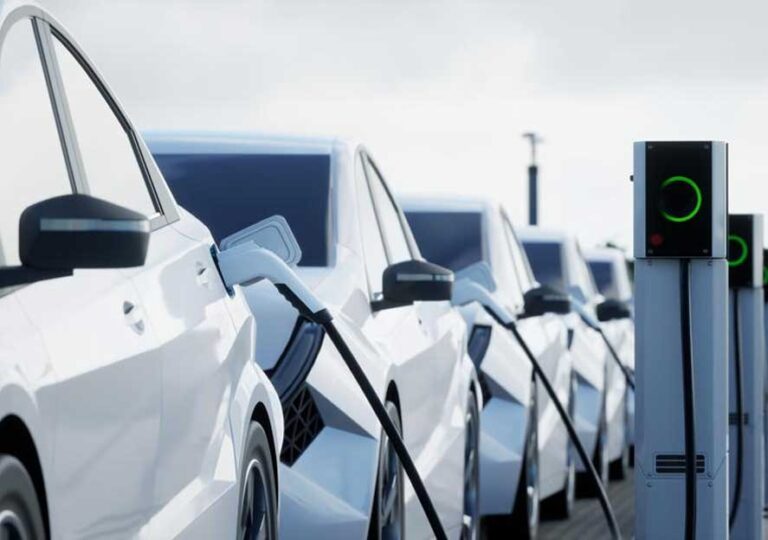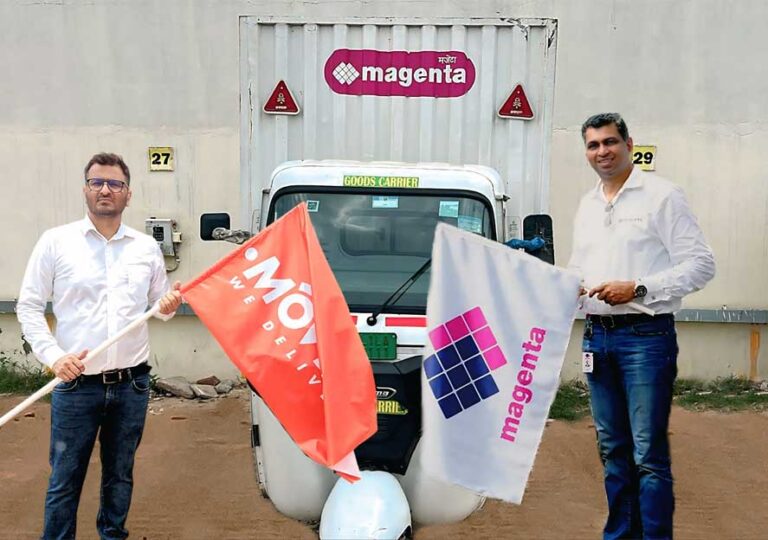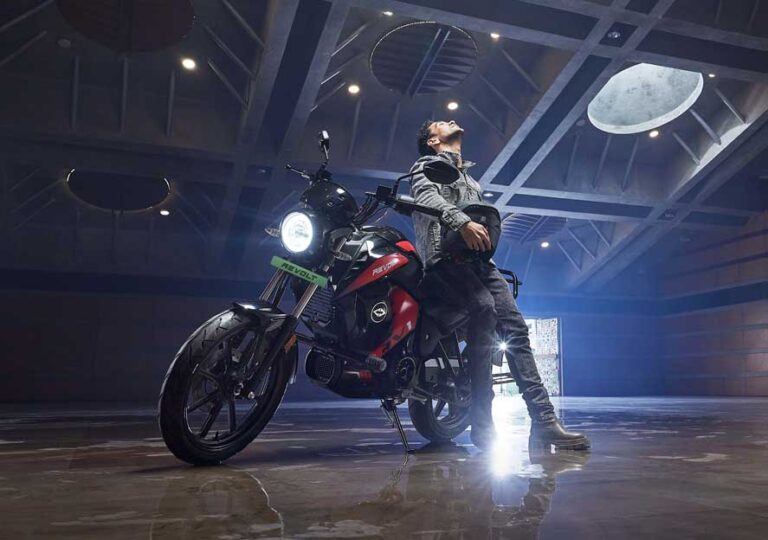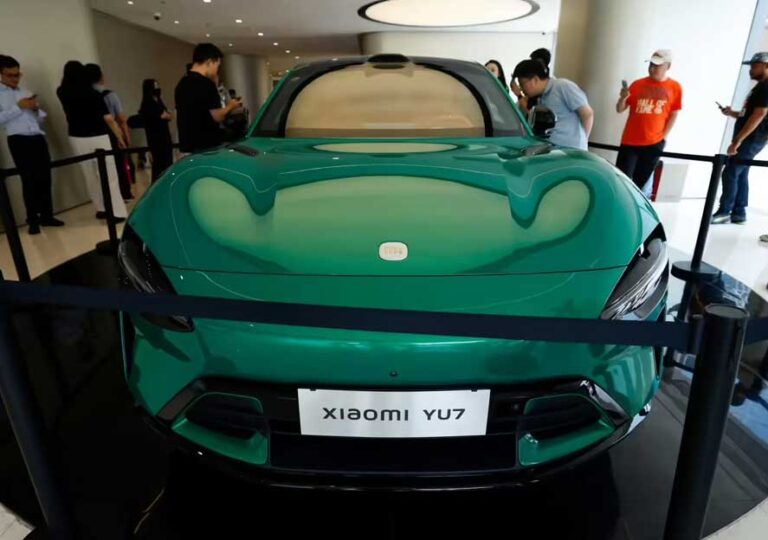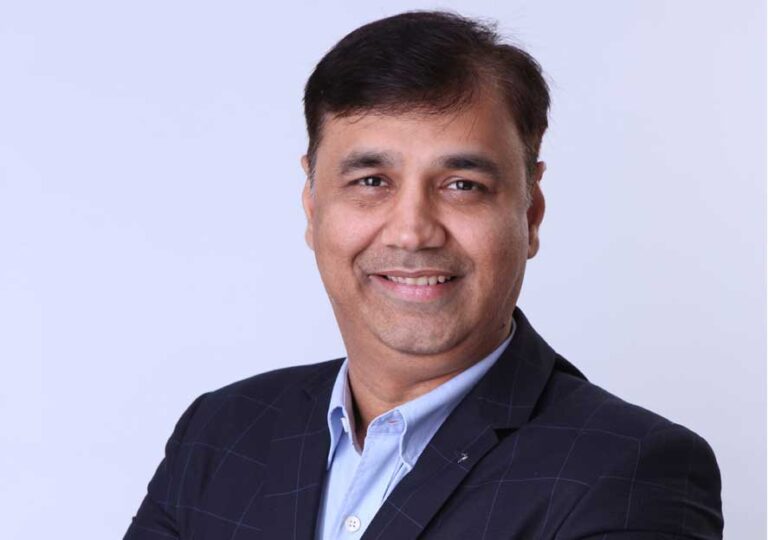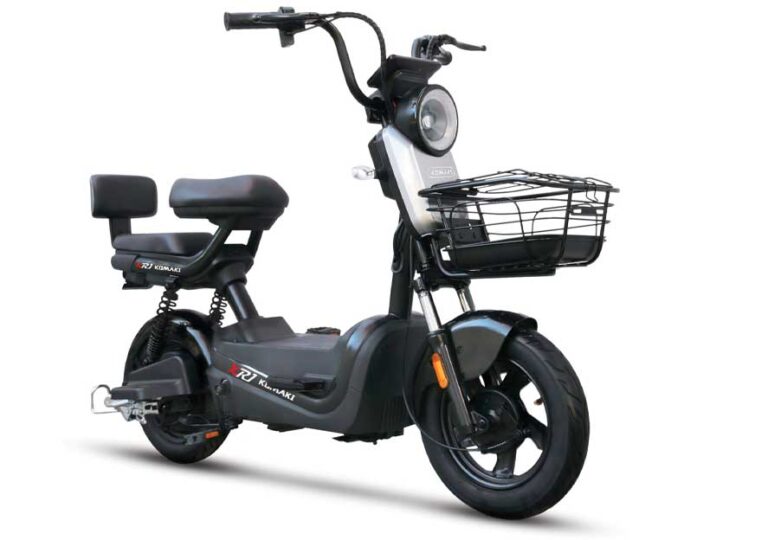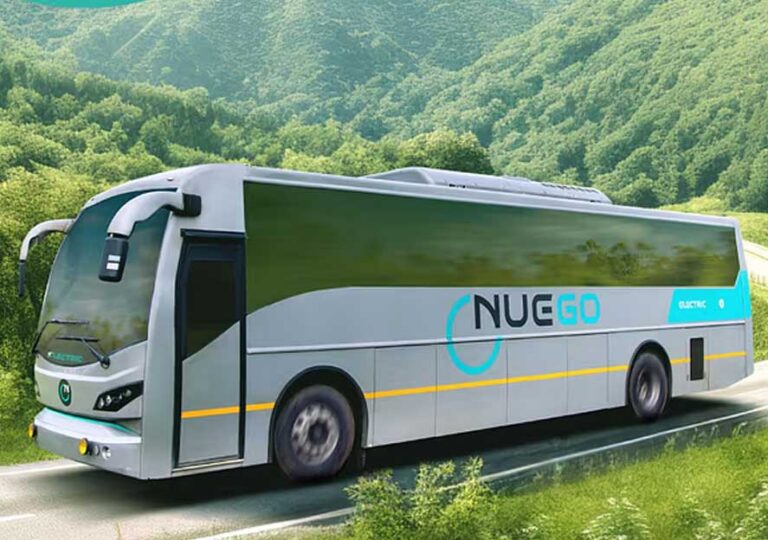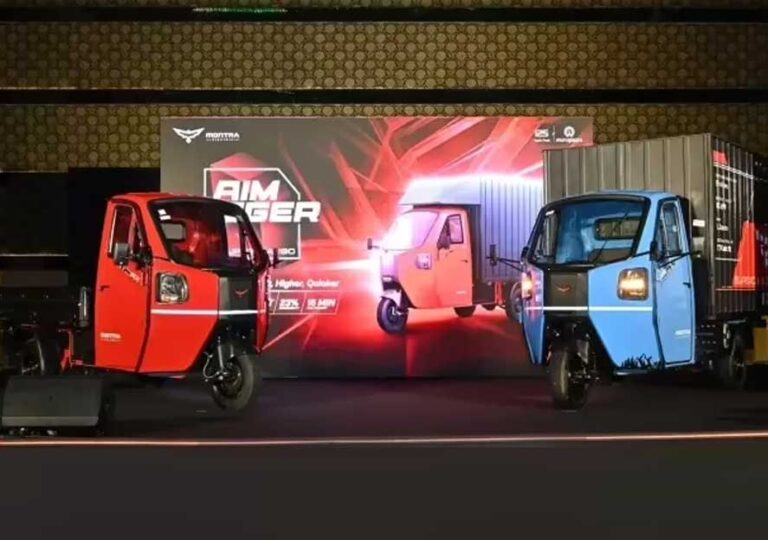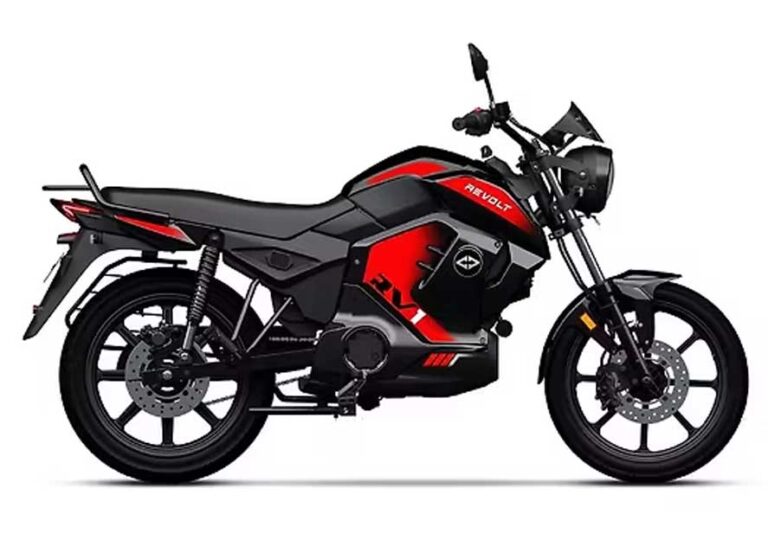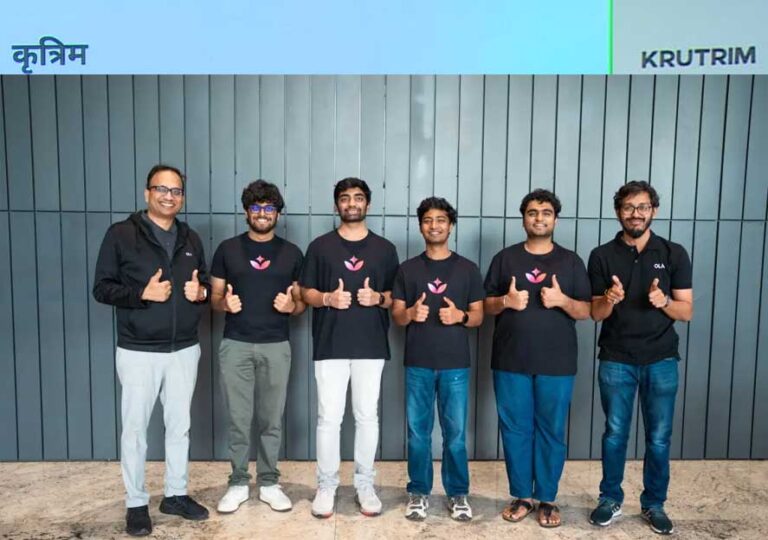Since the electric mobility intensifies worldwide, the lease is emerging as a major promoter in the EV ecosystem-as a flexible, cost-skilled route to build or score your fleet without the heavy burden of ownership. By eliminating standing upfront investment and bundling in essential commodities such as maintenance, insurance and charging solutions, model on the lease simplifies EV adoption by increasing the operational agility.
Lease not only makes economic understanding, but also aligns with broad corporate stability goals. This allows operators to stay asset-light, react to changing technology quickly and to benefit from developing government incentives-by significantly reducing all risks and operating costs.
In India, EV leasing is gaining momentum. A survey by GT Bharat found that 39% of the respondents now prefer to lease when they own EVS. Fame II supported by subsidy and state-level encouragement is primary to market development. In 2023, the property leasing under management touched ₹ 5,000 crore, with estimates by 2028 increased to ₹ 36,000 crore-Electric three-wheeleRedseer,
For businesses working in the final-meal logistics, fleet services, or ride—hiling, EV leasing provides not only strength, but also scalability and flexibility. With integrated assistance services, policy tailwind, and a low -risk financial structure, lease fleet is shaping the foundation stone of electrification and permanent urban dynamics.
Full mobility
Alt Mobility is bringing revolution on EV lease with its fleet management solutions in seven cities. Located in Delhi, the startup simplifies the financing for EV-A-Service and Last-Meal delivery, which ends the advance cost. With only a small safety deposit and a monthly lease, business expenses can reduce by up to 20%. Participated with more than eight OEMs including Piazio and Yular Motors, Alt Mobility also provides a state -of -the -art Fleet OS app for real -time vehicle and fleet monitoring, which ensures seamless operations.
to redo
Revfin is a major online consumer loan platform dedicated to increasing financial inclusion in India. Taking advantage of advanced technology and unconventional data analysis, the Revfin provides a spontaneous debt solution, making EV financing more accessible. Recently, the company expanded the 4W EV market via partnership with ZAPPIT to offer the airport pickup services. Additionally, Revphin has made its financing options wider and set up a micro secondary market for EVS by collaborating with various EV manufacturers and leasing firms.
Energy mobility
MTOW Mobility Private Limited is a brand energy mobility, a Delhi-based energy-focused company that is committed to simplifying EV ownership. With the belief that “battery is new fuel,” energy mobility provides a battery lease solution for commercial electric electric electrical vehicles (L2) and three-wheelers (L3, L5). By converting the high upfront battery cost to an affordable monthly lease value (MLV), the company makes EV more cost effective and accessible to businesses.
streamlined
Ekofi is running permanent mobility by offering India’s first green-only NBFC, cheap and hassle-free EV loan. With minimal documentation and competitive interest rates, ECOFY finances up to 90% of an on-road price of a vehicle, making EV ownership more accessible. The company has become a prominent player in EV financing, offering loans at a cost of only 1/6th per kilometer as compared to diesel. Participation with major brands such as Ather, Mahindra, and Ola Electric, Ecofy Electric supports both individual and corporate buyers in two- and three-wheeler classes.
Greaves Finance
Greaves Finance Ltd., through its exclusive Ev-Focused Landing Mote Platform Evfin, India’s only dedicated Ev-concentrated Non-Banking Financial Company (NBFC). A subsidiary of Grievs Cotton Limited, the company, is on a mission to democrats EV ownership with especially tilated innovative financing solutions for electric vehicles, especially for electric vehicles. By providing flexible loan options, Grives Finance is helping accelerating permanent mobility across India.

